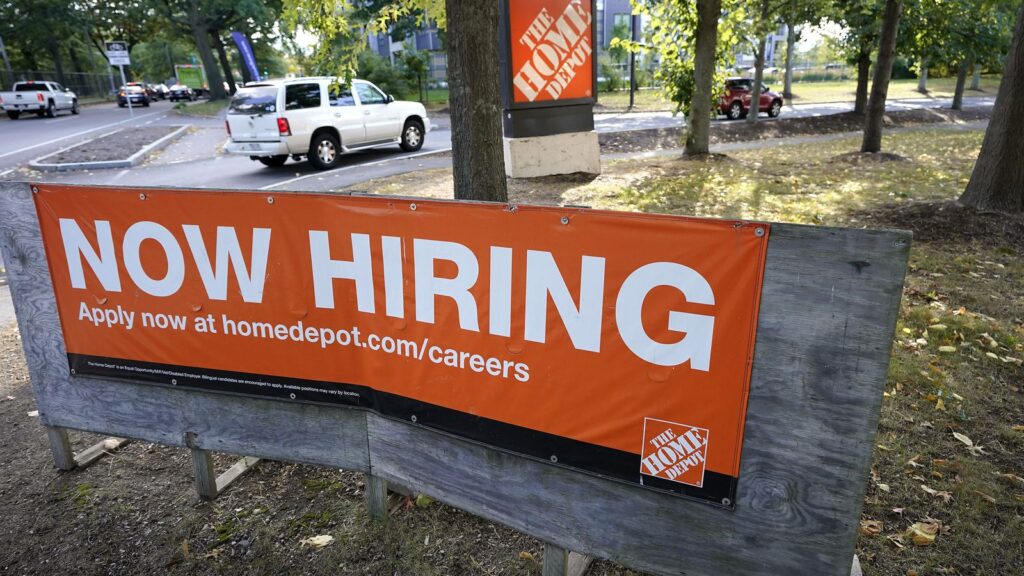Health care and social assistance jobs in Iowa increase for the first time since 2020

Seasonally adjusted, jobs in health care and social assistance, the largest sector by employment in Iowa, increased by 1,200 in July, which was the industry’s first gain since December 2020, Iowa Workforce Development reported.
The number of health care and social assistance jobs decreased by 800 in the past 12 months. In July, the industry had 186,300 jobs. From March to April 2020, the sector lost 18,000. It gained 1,900 jobs from April to May 2020, 3,800 jobs from May to June 2020, 2,600 from June to July 2020. Gains from September through December 2020 totaled 1,700.
Iowa Workforce Development Public Information Officer Jesse Dougherty told The Center Square in an emailed statement that the largest gains in the health care and social assistance sector were from hospitals, while ambulatory health care also showed signs of hiring.
Neither National Association of Social Workers, Iowa Chapter, Executive Director Denise Rathman nor Iowa Health Care Association Strategic Communications Senior Vice President Lori Ristau was surprised by the findings, they each told The Center Square in emailed statements regarding last month’s rise. Health care and social assistance is the fastest growing sectors in the nation, the U.S. Bureau of Labor Statistics reported in September 2020.
Rathman said she “would imagine” that mental health, behavioral health, and health care settings may have grown and that requests for mental health services have increased, along with a demand for more mental health professionals.
In the last year, workers adjusted to COVID-19 safety protocol, such as providing telehealth, as “folks still needed assistance,” and work in social services grew, she said. Masters level social workers are the largest group of mental health providers in the state and nationally, she said.
“Many [mental health professionals] NEVER planned to do telehealth, but found that they had to very quickly convert to providing telehealth services,” she said. “The good news – many of those who answered the NASW IA telehealth survey were very pleasantly surprised with how telehealth went for them and their clients. Some clinical social workers found that some clients actually responded as well, and sometimes even better, to telehealth services.”
The need for behavioral health service providers for substance use disorders “is likely on the rise as well,” as Iowans with substance abuse disorders “may have lost access to their support systems during the height of the pandemic and may need help getting back on their pathway to recovery,” which social workers in health care settings help ensure, she said.
“A lack of” licensed independent social workers in rural counties presents challenges for professional development of licensed master’s social workers and that the state has a direct care worker shortage. The Governor’s Children’s Behavioral Health System State Board’s workforce committee “has been pushing to increase the number of mental health professionals who serve children in Iowa,” she said.
“In Iowa, health care and social assistance became the number one largest industry by employment, with 224,014 jobs as of the first quarter 2020, according to Iowa Workforce Development, so we are not surprised to see those job gains continue in the first half of 2021,” Ristau said. “A year and a half ago, the largest employer was manufacturing. This shows how quickly the COVID-19 crisis has increased demand for health care professionals. It is highly likely that trend will continue as the health care crisis wages on.”
She added that the health care industry continues to need more workers to fill job openings.
Long-term care providers, which provide constant care for individuals, seek full-time and part-time workers to fill schedules, and those positions. along with primary direct care positions like registered nurses (make up 13.7% of employment in the industry) and certified nurse aides, will increase, she said.
“Complicating these recruitment and retention efforts has been the additional strains placed on the health care system due to COVID, and the forthcoming call for vaccine mandates for long-term care workers is the top immediate concern for retaining and recruiting staff,” she said.
Overall, Iowa’s unemployment rose from 4.0% in June to 4.1% in July as labor participation rose from 66.6% in June to 66.9% in July, with 800 more unemployed job seekers. Employment in the mining and information industries declined, by 100 (4.4%) and 300 (1.65%) respectively.
Iowa’s health care system ranked eighth in the country in terms of quality, according to WalletHub’s Aug. 2 report.
This article was originally posted on Health care and social assistance jobs in Iowa increase for the first time since 2020







